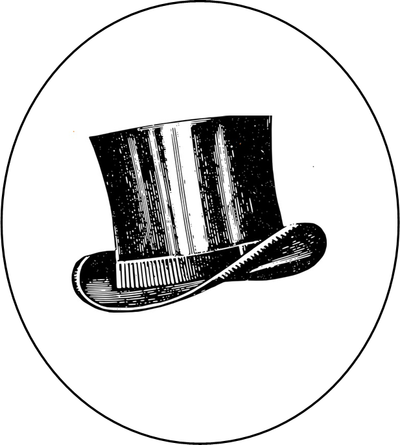Cowls and caps
10Aug
I see the weird and wonderful every day attached to clients chimneys. There are however a few basic rules for cowls that, unfortunately some installers and householders ignore.
The purpose of a cowl is to keep unwanted material out of your flue. Simples!
- Water. Sounds obvious, but for a lot of reasons you want to stop rain directly entering your flue. Primarily, water mixing with the soot and tars in your chimney can create corrosive elements, shortening the life of the flue. So a "Raincap" is in order.
- Birds. Lovely to see in the garden, but a bloody nuisance when they go down the flue! Note, a steel lined flue is like a helter skelter for a bird and it will most likely end up staring at you from inside your stove. A "Bird Guard" like the one illustrated above will keep the biggest of the blighters out. Unfortunately though, baby birds that choose to perch on the mesh in the spring can still topple in. Don't be tempted though to use a tighter mesh than the one illustrated. Around 25mm square is recommended for solid fuel flues. Much tighter than this and soot and tar will collect on the mesh, diminishing the performance of your stove
- Nests. Your bird guard should be preventing this, but don't be fooled into complacency! I have a particularly obstinate jackdaw in my garden that every spring takes some sadistic pleasure in poking twigs through the mesh to drop into the chimney. Why? Who knows!
- Wind. Building regulations are quite exacting on how a flue should be constructed. One of the prime reasons for this is to prevent wind ingress pushing the smoke back into your property. Properly installed your flue should only require a raincap and birdguard. However, things change. That tree that was a sapling when your flue was installed now towers high and has affected wind direction, causing issues. (Chop it down, its fuel after all!) ("Aw, my dad planted that!") There are any number of "Anti down draught" cowls on the market. Stay simple! Spinning, twirling, mechanical, devices are almost impossible for a sweep to clean. (They rarely last long anyway, the mechanism being constantly subject to heat, rain, soot, tar. Usually just to the month after the warranty runs out!)
- Material. Because of the corrosive nature of elements in the smoke from wood and solid fuel appliances, the cowl should be stainless steel or enamelled. Galvanised metals or aluminium, (Oft used for gas installations), wont last five minutes and will rot away.
- Fixing. Bear in mind your sweep needs to get a brush into the cowl, one, to assure that he knows that he has reached the top of the flue (That's why he keeps running in and out!) and, two, to clear soot and tars that the smoke has deposited on it over the past year. Ensure it is securely fixed to the chimney pot. Cowls like the one illustrated usually are supplied with a stainless steel "Jubilee" clip to go around the pot, trapping the stainless steel "Arms" of the cowl. This is a solid fix! Stainless steel wire around the pot is a close second best..
